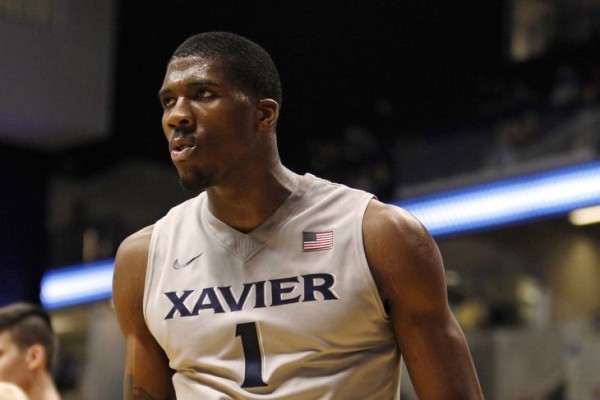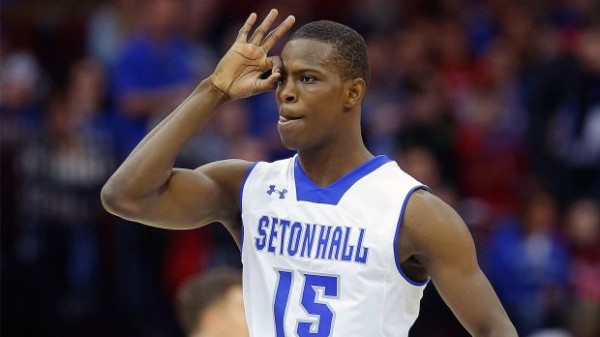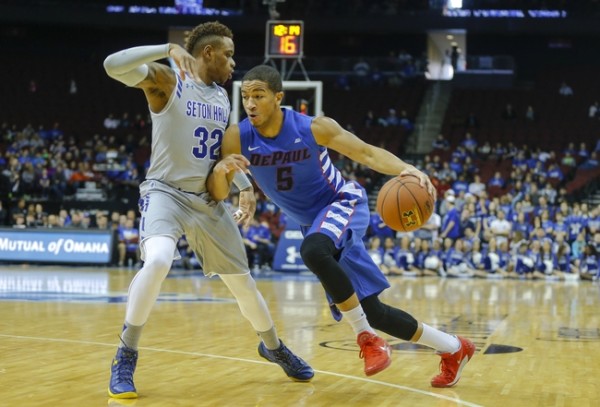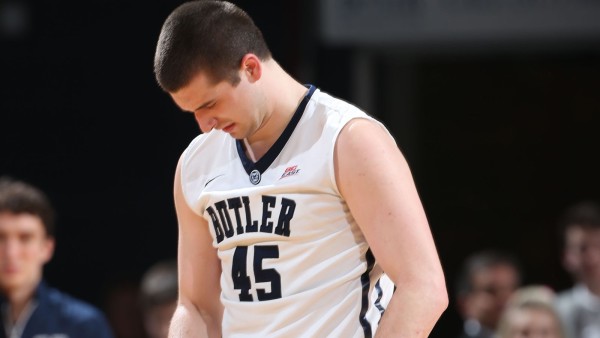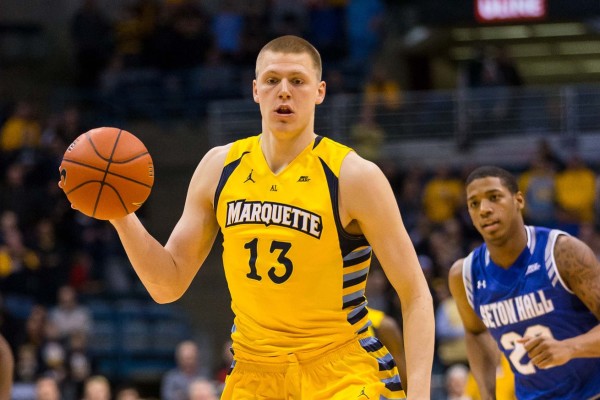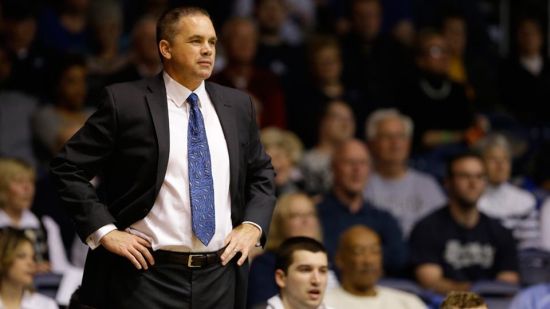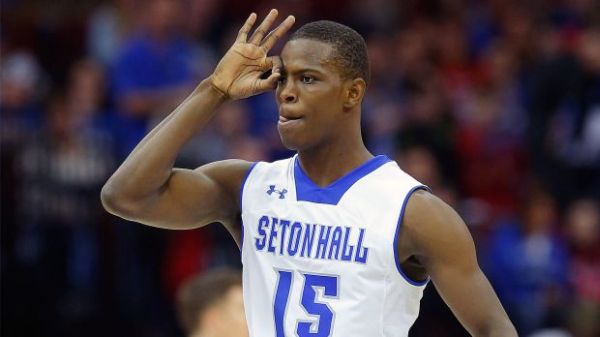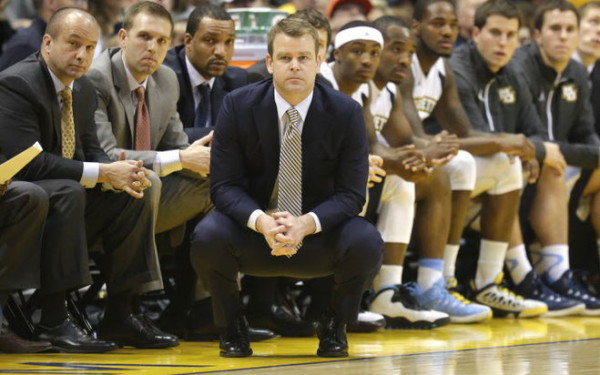With 17 seconds remaining in Villanova’s 55-50 victory over Georgetown on Saturday, the Wildcats’ Josh Hart delivered the proverbial dagger. In basketball parlance, daggers are typically big shots that put games out of reach, but on Saturday, Hart’s dagger came in the form of a timeout. Sprawled on the floor as Villanova held a a 51-46 lead, Hart signaled to the baseline official for the timeout as Hoyas began to pile on top of him. Moments earlier, the Villanova swingman had skied high for a rebound, his 12th of the game, off a Reggie Cameron missed three-pointer that would have closed the deficit to two. “You can’t teach the guts to just lay your body out and go get the ball like that,” Villanova head coach Jay Wright told the media after the win. “You see that and you just say, ‘Thank God he’s on our team.'”
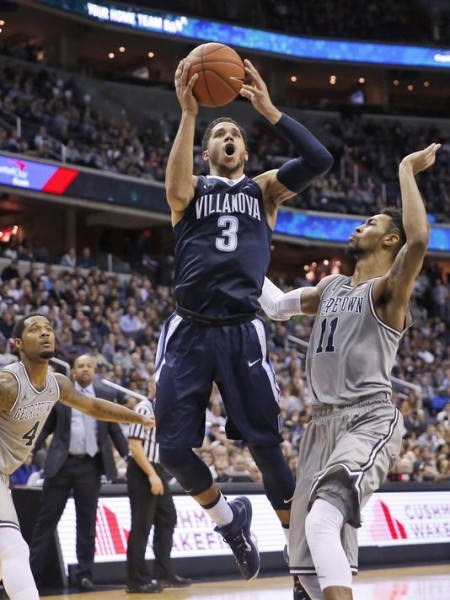
Josh Hart is becoming more than just Villanova’s sixth man. (Associated Press)
Hart, a 6’5″ junior, is the leading scorer and second-leading rebounder on KenPom’s #1 ranked team, but you won’t find his name on many mid-season All-American lists. The omission is a bit perplexing given that Hart wasn’t exactly an unknown heading into the year. He was the Big East’s Sixth Man of the Year a season ago, a year in which he also became the first non-starter to win the Big East Tournament’s Most Outstanding Player award. Now, Hart is averaging 15.5 points and 7.1 rebounds per game for the surging Wildcats. His 15-point, 12-rebound performance against Georgetown is just the latest in a long line of impressive outings this season.
The transition from sixth man to starter hasn’t necessarily been a smooth one, however. “It’s been a bit of a rollercoaster,” Hart said of the switch. According to him, the biggest adjustment has been making sure that he starts the game well. “Last year, I could watch everything going on and then get into it. Now, I have to jump start the team,” he said after Saturday’s victory. While Hart finished with 12 rebounds against Georgetown, just one of those came in the first half. Luckily for the Wildcats, slow starts don’t seem to bother Hart. At halftime, he said he told himself that “If I’m not going to score, I’m going to rebound, I’m going to help this team.”
That team-first mentality is also a reflection of Hart’s evolution as a leader. The upperclassman has a healthy respect for the Wildcats who have come before him. “I’m a junior now. Now, I don’t have the James Bells, the Darrun Hilliards, the [JayVaughn Pinkstons], the Tony Chennaults,” Hart said in reference to seniors who have graduated during his tenure. “I don’t have those guys to kind of lean on, now I’m going into that leadership role.”
As Hart becomes more comfortable with his role as a starter and leader, he’s also been working hard to improve himself as an individual player. He works with associate head coach Baker Dunleavy “every day” on various aspects of his game. There has been obvious growth in a number of areas of Hart’s skill set since he arrived at Villanova from Sidwell Friends School three years ago, but the talent that he’s improved most is his jump shot. “I think everyone saw my shot freshman year. It was probably one of the ugliest things—had a crazy hitch. It was just atrocious,” he said after Saturday’s win as teammate Ryan Arcidiacono flashed a big smile. Since shooting 31.3 percent from three-point range his freshman season, Hart is an impressive 79-for-190 from deep (41.6%).
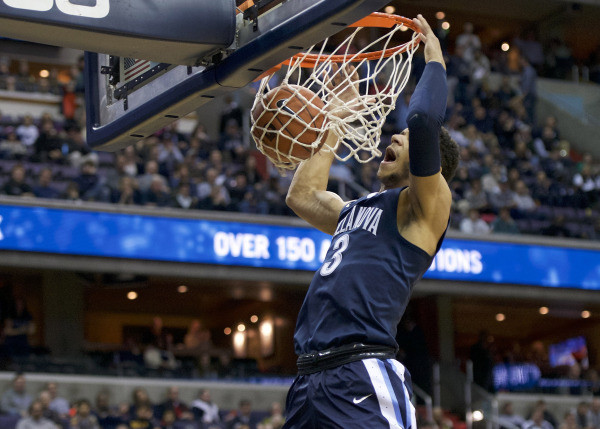
Hart opened Saturday’s contest with a steal and dunk. (USA Today Sports)
This rollercoaster ride isn’t an accident. Villanova has created an environment for Hart to grow from role player to sixth man to star. He frequently credits his coaches and his teammates with helping him grow the confidence necessary for the improvement. According to Hart, the next step in his personal development is to improve his decision-making when he gets into the lane. “You just have to get the work in,” he said.
While timeouts are rarely remembered as game-changing, Hart’s rebound and call for time against Georgetown was the critical moment of the Wildcat win. It also provided a solid reflection of the ethos of both team and star — Hart and the group he leads have proven quite committed to doing everything possible to help the Wildcats win. Those type of players typically find their way onto “glue guy” lists, but Josh Hart is much more than that. Don’t be surprised if the name of Villanova’s newest leader shows up on All-American lists at the end of the season.





























